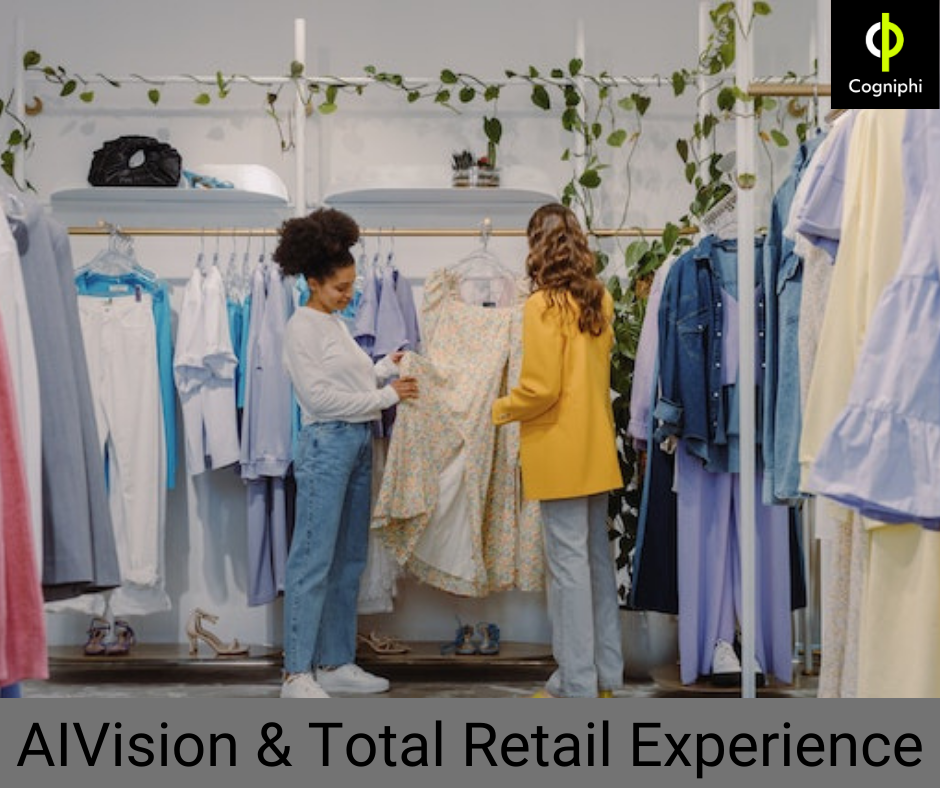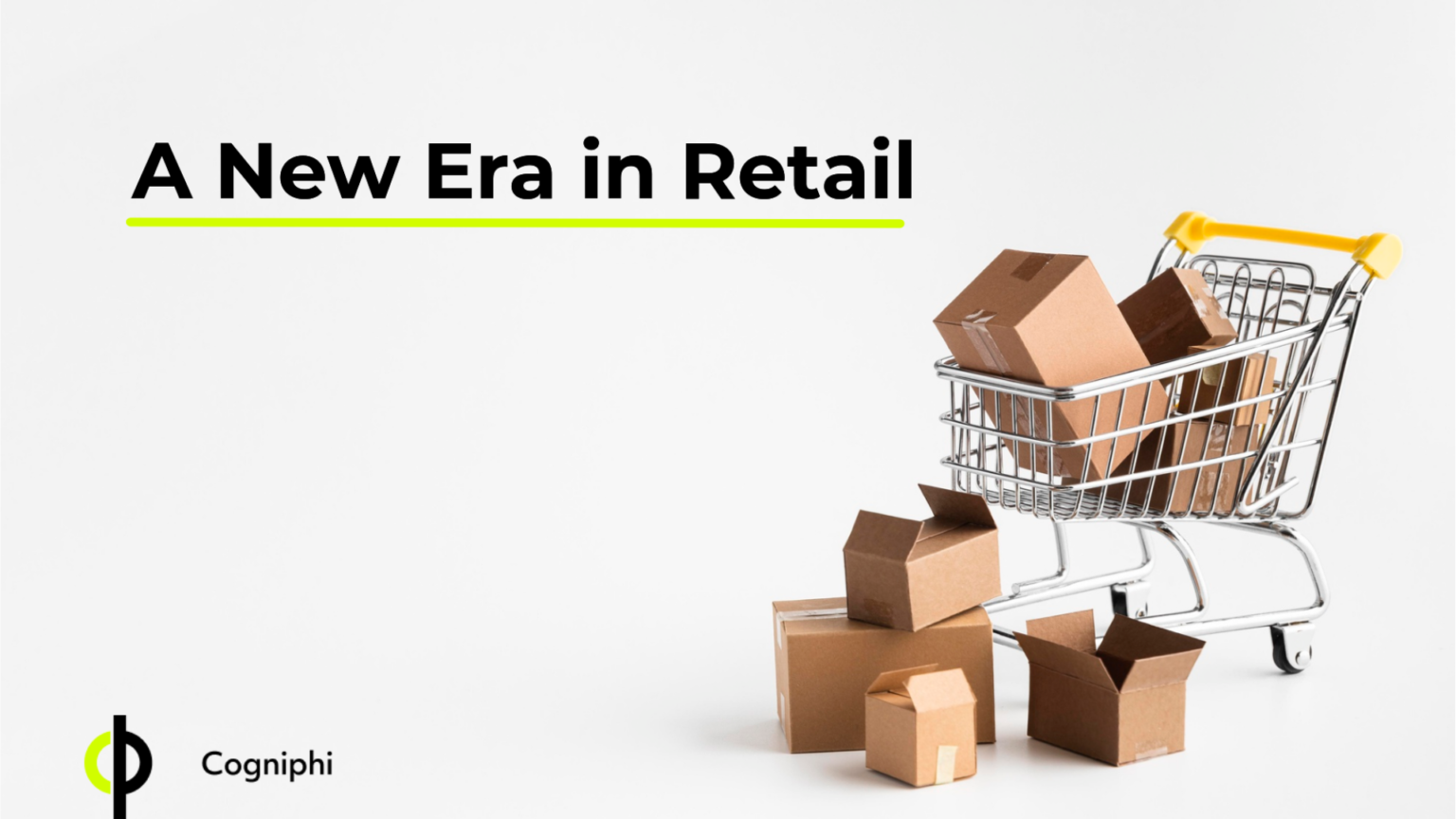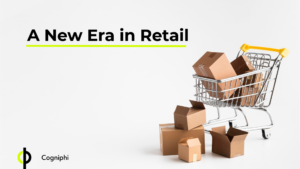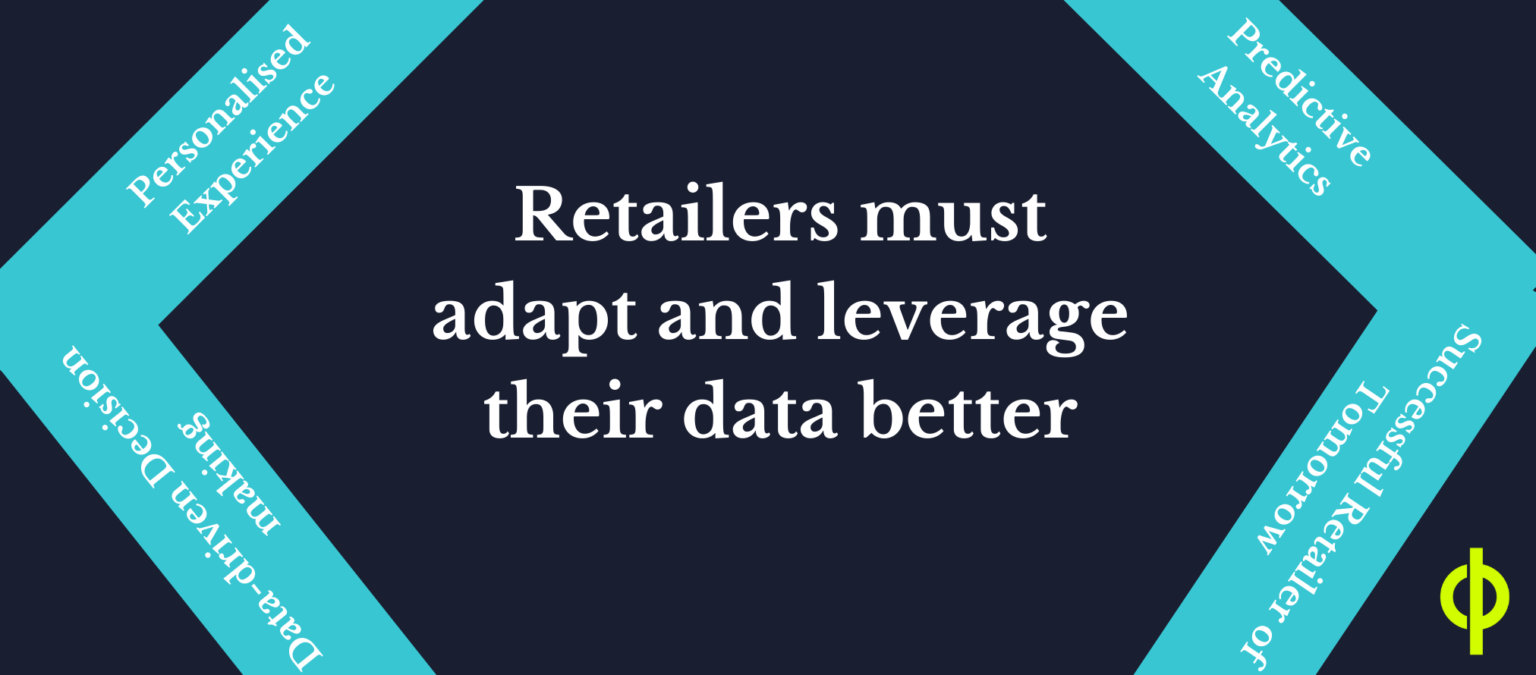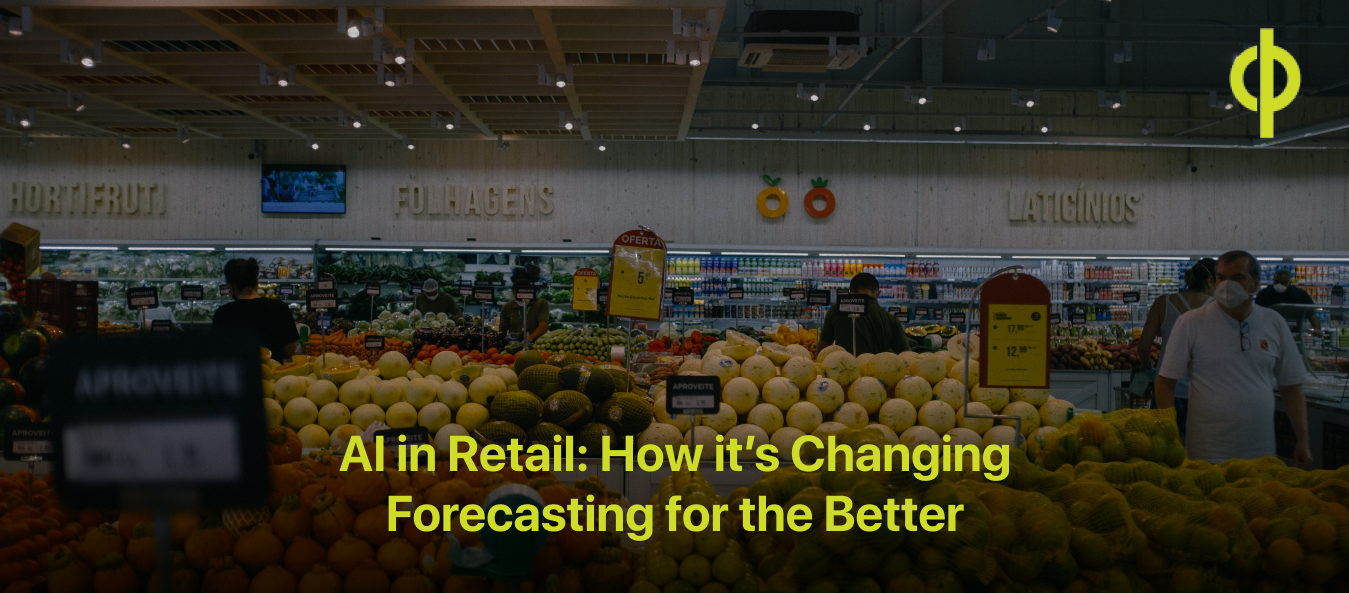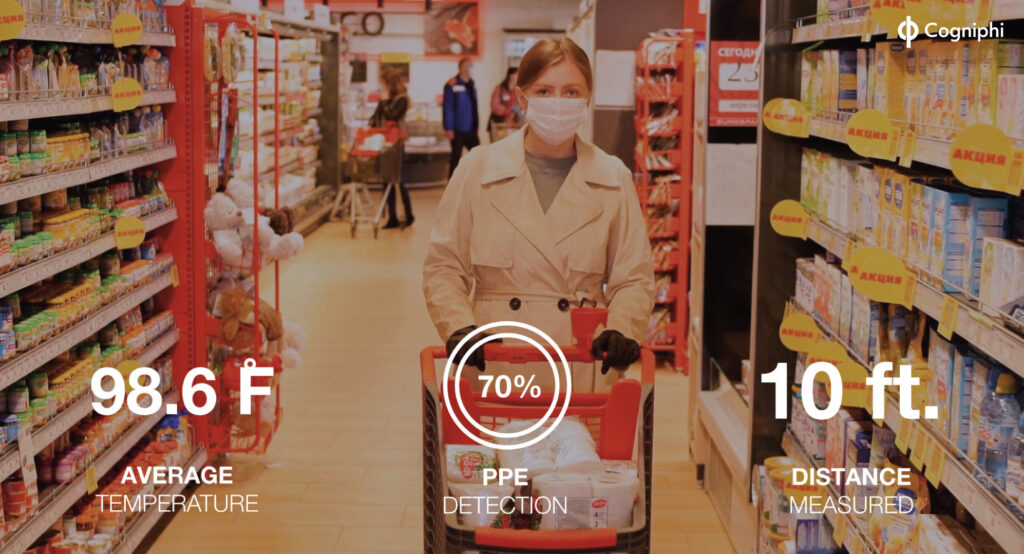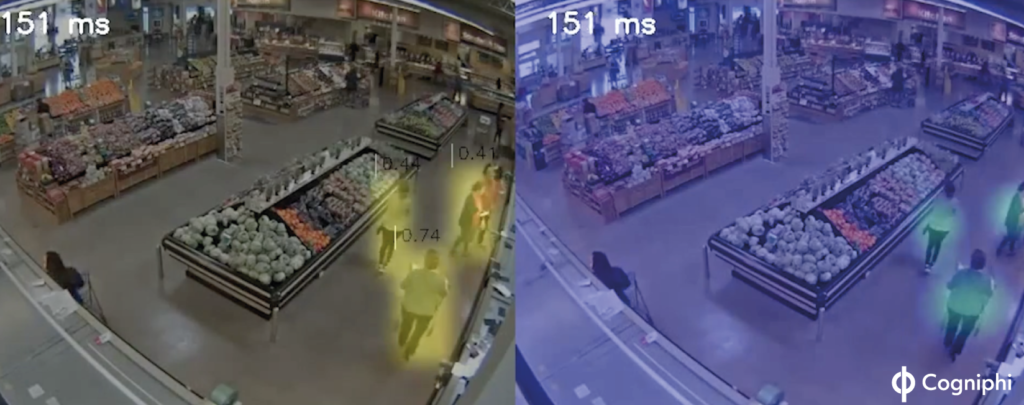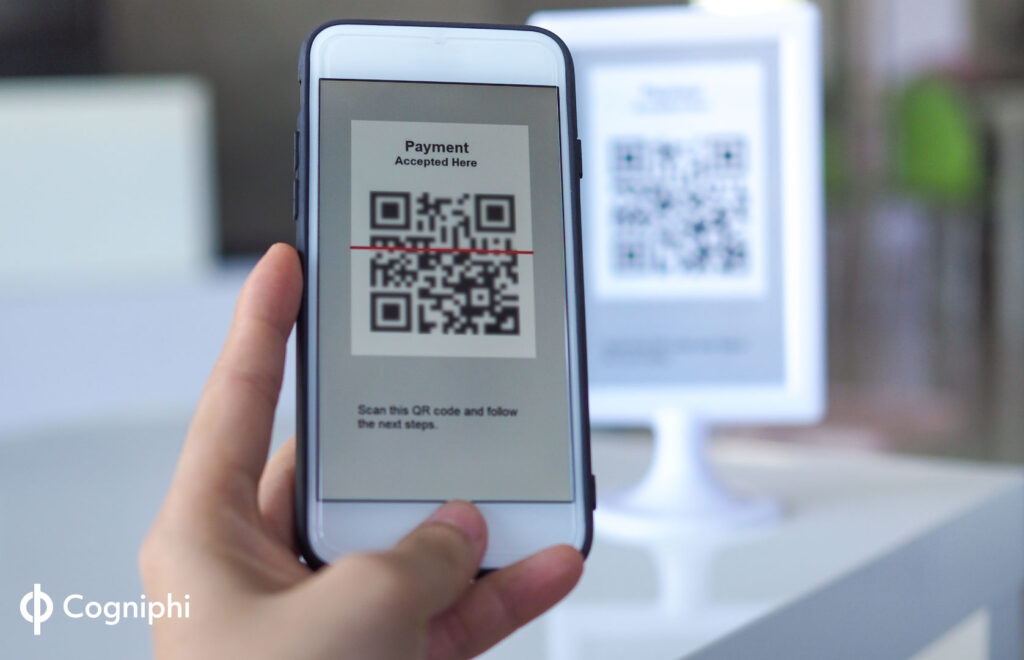As the world recovers from the disastrous global pandemic, we are witnessing the revival and renewal of brick-and-mortar retail stores. eCommerce giants such as Amazon, are investing in innovative physical stores, which is reassuring for the traditional brick-and-mortar retail format.
For physical stores to remain competitive against these online behemoths, it is imperative that they stay up to date with the latest technologies. Modern technology can revolutionize the customer shopping experience and the efficiency of retailers’ operations. For example, Amazon stores are contactless, which means shoppers can walk in, select products, and walk out without stopping to pay. Customers are immediately charged for their goods as they leave the store. While this is convenient, an upgrade to this extent is not practical for most retailers, especially those outside the grocery style format, where customer service is key.
While innovation at Amazon’s scale is cost-prohibitive and inaccessible, there are other, more cost-effective, methods that most retailers can benefit immensely from currently.
Cogniphi’s AI Vision technology upgrades the retailer’s existing security cameras, enabling these cameras to understand what they see and send actionable insights to staff for action. These cameras become intelligent eyes that collect data 24/7 and improve store operations, revenue generation, efficiency, and safety.
The use cases of the data that could be collected using AI Vision are endless. Here are a few questions to demonstrate how beneficial this technology can be:
-
- How does a retailer know when a product is out of stock on the shelf?
- How long does it take a retailer to replenish that stock or place an order?
- How does a retailer know what kind of customer is purchasing that product?
- How does a retailer know how long it took a customer to decide on a product?
- How does a retailer gather this information across all their stores?
- How does the head office group know that the individual store is correctly displaying the products at all times?
These questions go deeper and deeper to demonstrate the depth there is for improvement in the retail space.
Enhancing existing security cameras with AI means that a camera can see that stock levels are low, can check the system to see if there is stock available in the stockroom, and can send a notification to staff to replenish immediately. This is a far greater outcome than the current model of waiting hours or until the next day for the product to be replenished, causing the store to miss out on sales.
Furthermore, the AI cameras can collect data on how many shoppers were interested in that product, provide information on how long it took the shopper to decide on that product or detect if a product was stolen and trigger a response for staff or security. This data is all anonymized so no shopper is identified.
These are only a few applications of many, that Cogniphi’s AI Vision can achieve. Below we explore applications that Cogniphi has executed at retailers around the world.
Heat Maps
Retail heat maps can help understand individual shop functionality and identify customer behavior at and around aisles. Retail heat map technology uses real-time imaging to detect movement and assign colors to each floor area based on traffic volume, frequency of visits, or dwell time in those areas to understand customer activity, test new merchandising strategies, and experiment with layouts.
The heat maps can be filtered by different metrics and by different customers, for example, by demographics, or by whether a shopper is alone, is a couple or a part of a group. This data is captured at a statistical population level so retailers can now make decisions off population-size data which includes all the available data sets as opposed to traditionally limited sample sizes.
The data can be used to re-design a store layout, product layout, and optimise category positioning by understanding which areas in a store have high traffic and by who, to achieve growth in basket size and value of purchase.
AI-based Loss Prevention
With AI Vision, theft can be prevented by identifying concealment of products, products that are not scanned at checkouts or products that are incorrectly scanned at checkouts. The cameras detect suspicious activity and behavior in real-time, giving retail stores enough time to respond proactively before the product leaves the store, as opposed to reactively spending time searching through footage to find evidence after the product is long gone.
Some retailers have opted to integrate notifications into point-of-sale devices for staff at checkouts, who can stop the offender before they leave or make sure products are scanned correctly. In other stores, a notification is immediately sent to security personnel with an image of the offender. An added advantage of AI Vision is that each incident is recorded and cataloged for later reference, flexible to your requirements.
AI Vision can also prevent staff from stealing by tracking each product across the store in real-time. Reducing such instances in the store can significantly reduce the losses faced by retailers on a regular basis.
Shopper Analytics
Conventional sensor-based, customer analytics apps can detect in-store traffic in limited detail and without contextual information, for example, they cannot tell the difference between a staff member and a shopper, so the data is always inaccurate. They also do not understand when a shopper is shopping in a group so when calculating store conversion rate, the data shows a lower conversion as not all members of a group, for example, a family will be expected to make a purchase. Cogniphi’s AI Vision can help retailers analyze and observe buyer behavior very closely by providing contextual data about shoppers.
Use cases include:
-
- Notifying staff if a customer has not been approached for assistance within 30 seconds of entering the store.
- Notifying staff if a customer is displaying expressions of confusion, frustration or is upset.
- Collecting data on how many shoppers come into the store each day and ensuring accurate staff resource planning to meet demand.
- Collecting data on localized shopper demographics for a more personalized product range and marketing messages.
- Analyzing queue length and alerting staff to open more checkouts or close checkouts.
- Providing accurate conversion rates and statistics.
Stock Management
AI Vision can monitor shelves and aisles to check if any of the shelves are out of stock or out of place. This ensures timely adjustments so no customer misses out on purchasing products. It also ensures products are ordered on time so there are no out of stocks.
This data can be collected across all stores and shared with suppliers to hold them accountable for out of stocks or so that retailers can increase their negotiating power by proving they are fulfilling their trading terms and conditions.
Compliance Management
For stores that have multiple locations, there are many requirements imposed on them by their centralized head office. The challenge for head offices to manage is: how do they ensure all their stores are consistently meeting the many compliance conditions imposed on them?
Conditions include (among many):
-
- Correct staff uniform
- Opening and closing on time
- Correct display of marketing materials and point of sale
- Adherence to planogram requirements
- Appropriate cleanliness and cleaning method
- No out of stocks on the shelf
Using Cogniphi’s AI Vision, each store can receive an accurate rating out of 100%, calculated in real-time, on how they are performing against these KPIs. This will prioritize the efforts of Area Managers whose role is to ensure each store in their area is up to standard. When a store starts to drop its compliance, immediate notifications can be sent to managers to obtain remedies.
Occupational Health and Safety (OH&S)
Retail stores have many risk factors that can endanger the safety of staff and shoppers. In some stores, there are heavy machines that require trained operators. In other stores, a slippery surface could cause an individual to trip and hurt themselves.
Cogniphi’s AI Vision can monitor a store 24/7 for hazards that can impose an OH&S risk. If a spill or slippery surface is detected. Staff will be notified immediately to clean the area. If the process is for staff to wear protective clothing, like a mask, any breach of this will result in a notification to a supervisor and the overall OH&S rating of the store will decrease.
Looking at a new dawn in retail
Cogniphi’s AI Vision is a plug-and-play solution that layers AI on top of retailers’ existing video/CCTV infrastructure. It is pre-loaded with functionality features that enable deployment with faster returns.
The solution is highly flexible with retailers globally, progressively adding more features to their cameras every year. We find that typically retailers will tackle 1 to 3 problems in their first year, and after they see results and a positive return on investment, they add more features.
Cogniphi empowers companies with tools, people, and hyper-local solutions to rapidly innovate and adapt in a hyper-competitive business landscape. If your business is interested in finding out more, please see our website for more information [Click here] or reach out to our team, and one of our friendly consultants will be in touch with you [Reach us].
About Cogniphi
Cogniphi is a technology company that enables customers to achieve transformational outcomes through cognitive digital solutions. Cogniphi believes in a 360-degree problem-solving approach, building solutions that can scale and adapt to changing business demands for continuous improvement.
